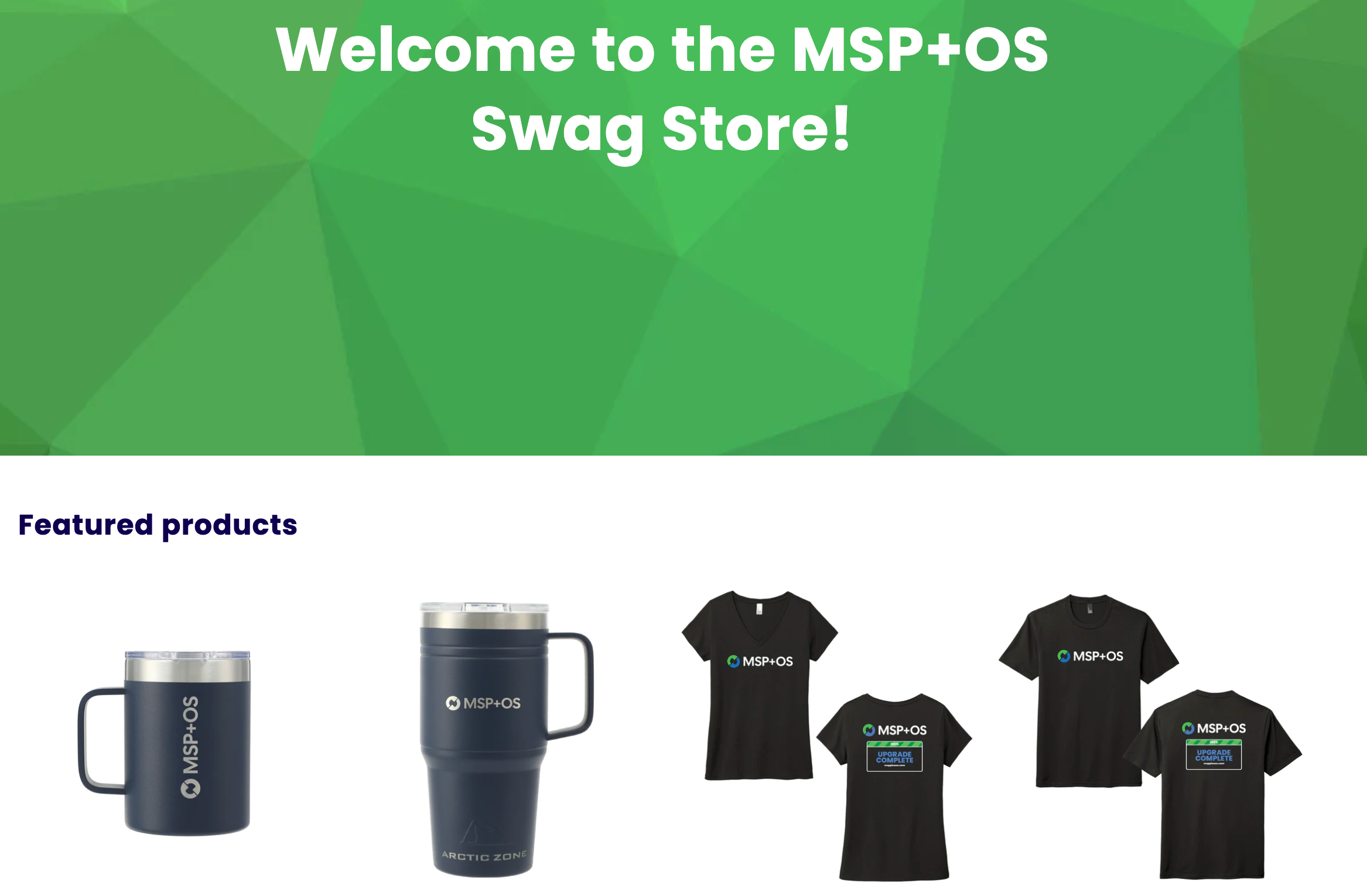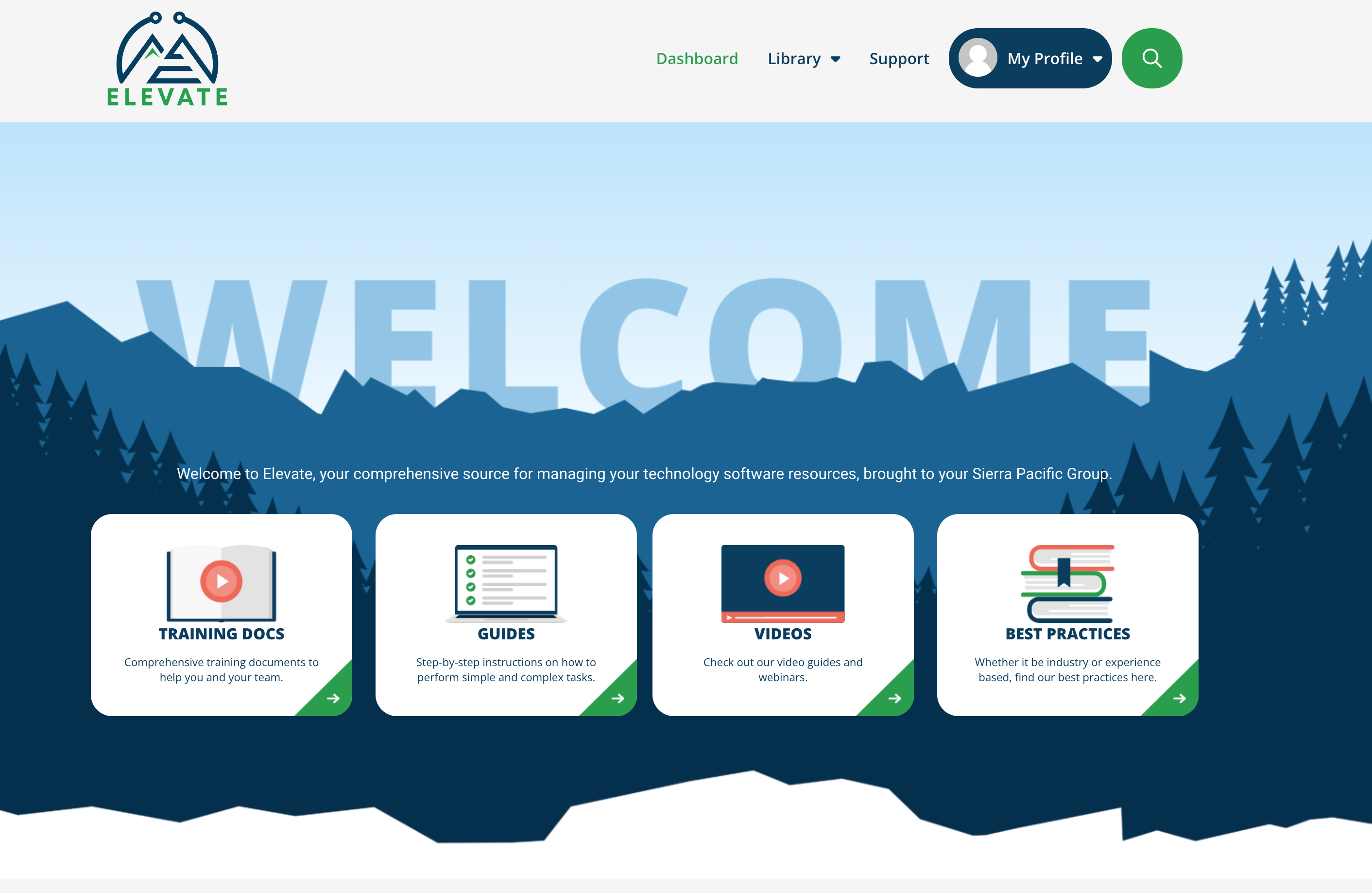In the fast-paced world of IT/MSP businesses, maintaining high levels of customer satisfaction and operational efficiency is paramount. One of the key tools that help achieve this is the Service Level Agreement (SLA) feature within PSA systems, like ConnectWise PSA, Autotask, etc.
This guide will dive into best practices for utilizing SLAs effectively, ensuring your service operations run smoothly and meet client expectations.
What is an SLA?
Service Level Agreements (SLAs) are commitments between you and your clients, detailing the expected response and resolution times for various types of service requests. The SLA feature in PSA systems like ConnectWise PSA, Autotask, and other leading platforms allows you to track and meet these service delivery expectations, helping to prioritize tickets and ensure contractual obligations are fulfilled.
The result of a implementing a refined process for managing tickets across service boards with an agreed upon SLA is a more organized and efficient service delivery process, higher customer satisfaction, improved client retention, and the potential for increased revenue through consistent and reliable service performance.
SLA Levels in PSA Systems
Typically, different SLA goals are set based on the priority level of a ticket. For instance, a critical issue like a server outage would require an immediate response, whereas a minor annoyance like a weekly pop-up might have a longer resolution window.
For example, if a client calls in and their server is down, the situation would be deemed critical and considered a top priority. Conversely, if someone calls in because they’re getting an annoying pop-up on their computer once a week, the situation- while irritating - can wait to be resolved.
There are three SLA levels that can be measured in a PSA Systems.
These levels are:
- Response
- Resolution Plan
- Resolution
Service Level Agreements may include other metrics, such as system uptime and service availability.
SLA calculations are driven by service ticket status. Each service ticket status has an Escalation Status associated with it.
There are five Escalation Statuses:
- We have NOT responded,
- We have responded,
- We have created a resolution plan,
- We have resolved the issue
- We are waiting (do not escalate.)
All New tickets should be set to the Escalation Status: We have not responded.
Calculating SLA Times
For IT/MSP businesses, accurately measuring and optimizing response times is critical to meeting Service Level Agreements (SLAs) and maintaining customer satisfaction. PSA systems like ConnectWise PSA, Autotask, and other industry-leading platforms provide robust tools to track key metrics such as Response Time, Resolution Plan Time, and Resolution Time. These metrics help prioritize service tickets, streamline workflows, and ensure that all client issues are addressed promptly and efficiently. By leveraging these SLA features, MSPs can enhance their service delivery processes, reduce downtime, and improve overall client satisfaction.
Response Time / Time to Respond
Example: Ticket was created in a New (we have not responded) status. After 10 minutes, it was updated to a Triaged (we have responded) status.
Responded_Minutes = 10 minutes
Resolution Plan Time / Time to Plan (ResPlan)
Example: Ticket was moved to an In Progress (we have created a plan) status after sitting in a Triaged (we have responded) status for 20 minutes. The ticket was previously in a New (we have not responded) status for 10 minutes.
Time to ResPlan (Responded_Minutes + ResPlan_Minutes) = 30 minutes
Resolution Time / Time to Resolve
Example: Ticket was set to a Closed (we have resolved the issue) status after sitting in an In Progress (we have created a plan) status for 15 minutes. The ticket remained in a Triaged (we have responded) status for 20 minutes and a New (we have NOT responded) status for 10 minutes beforehand.
Time to Resolve (Responded_Minutes + ResPlan_Minutes + Resolved_Minutes) = 45 minutes
The Escalation Start Date, which is the date used to determine when the SLA timers will begin ticking, can change over the life of the ticket. If you take a ticket out of a waiting status, the Escalation Start Date is updated to the latest:
- Scheduled Due Date
- Date Entered
- Schedule End Date
The Escalation Start Date, therefore, allows you to both create and schedule tickets in advance without jeopardizing your SLA goals. The latest of the three will be used to determine the Escalation Start Date and the SLA timer will not start ticking again until this date.
How Can IT Businesses Stay On Top of SLAs?
Even without formal SLAs, setting internal goals helps maintain high service standards. PSA systems offer tools to measure and track key performance indicators (KPIs) such as:
Time to respond
This is how long it takes the dispatcher to triage a ticket, or how long it takes tickets to be assigned.
Time to plan
At this stage, the ticket has been assigned and is currently in progress.
Time to resolve
This involves the amount of time it takes to resolve the ticket (which, again, may vary based on the ticket’s priority level).
Proper configuration of service board statuses and SLAs ensures that all tickets are promptly assigned and managed according to their priority levels, helping MSPs meet their SLA goals.
By clearly defining and automating these processes within your PSA system, you can ensure that high-priority issues receive immediate attention while lower-priority tasks are efficiently queued and handled. This not only improves response and resolution times but also enhances overall operational efficiency. Furthermore, regularly reviewing and updating SLA configurations based on performance analytics helps to identify bottlenecks, optimize resource allocation, and continuously improve service delivery standards.
Ultimately, this leads to increased client satisfaction, stronger client relationships, and a more streamlined and effective service management operation.
Ensure Your Tickets Meet SLA with Workflow Rules
Workflow rules in PSA systems can help prevent SLA breaches. For instance, setting a rule to alert your team when a ticket is 15 minutes away from breaching SLA ensures timely attention. Additionally, analytics and reports can highlight performance trends and turnaround times, guiding future SLA parameters.
- Breaching Response Next 60min - This is a count of open tickets where they are within 60min of breaching the respond within goal. This should be reviewed on a daily basis.
- Breaching ResPlan Next 60min - This is a count of open tickets where they are within 60min of breaching the resolution plan within goal. This should be reviewed on a daily basis.
- Breaching Resolution Next 60min - This is a count of open tickets where they are within 60min of breaching the resolve within goal. This should be reviewed on a daily basis.
- # of SLA Breaches - Count the number of activities with the type SLA Breach. This should be reviewed on a weekly basis.
- SLA Statistics by Urgency - Report to review which tickets met or did not meet sla and overall goals percentage. This should be reviewed on a monthly basis.
Utilizing the SLA Dashboard in PSA Systems
The SLA dashboard in PSA systems helps MSPs monitor and meet their SLAs by highlighting:
- Pending response, resolution plan, or actual resolution tickets
- Open tickets
- Tickets on the verge of breaching SLA
- Tickets that have already breached SLA
Each board should have an owner responsible for ensuring SLA compliance and addressing any issues promptly.
You may want to take a closer look at your SLA dashboard in your PSA syste. The dashboard works to help IT businesses meet 100% of their service level agreements; all by highlighting specific items that need to be addressed.
In Conclusion
Optimizing SLAs in PSA systems is crucial for delivering high-quality service and maintaining client satisfaction. By setting up workflow rules, regularly monitoring your SLA dashboard, and ensuring timely ticket assignments, your MSP can achieve 100% SLA compliance. Consistency in these practices will lead to improved operational efficiency and client trust.
Start with these best practices and adapt them to fit your specific needs. Over time, you’ll see significant improvements in your service delivery and client satisfaction.




